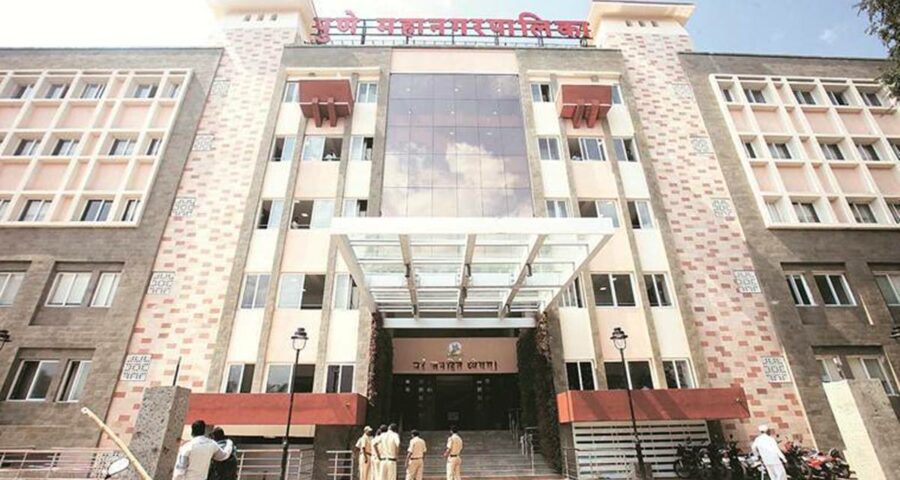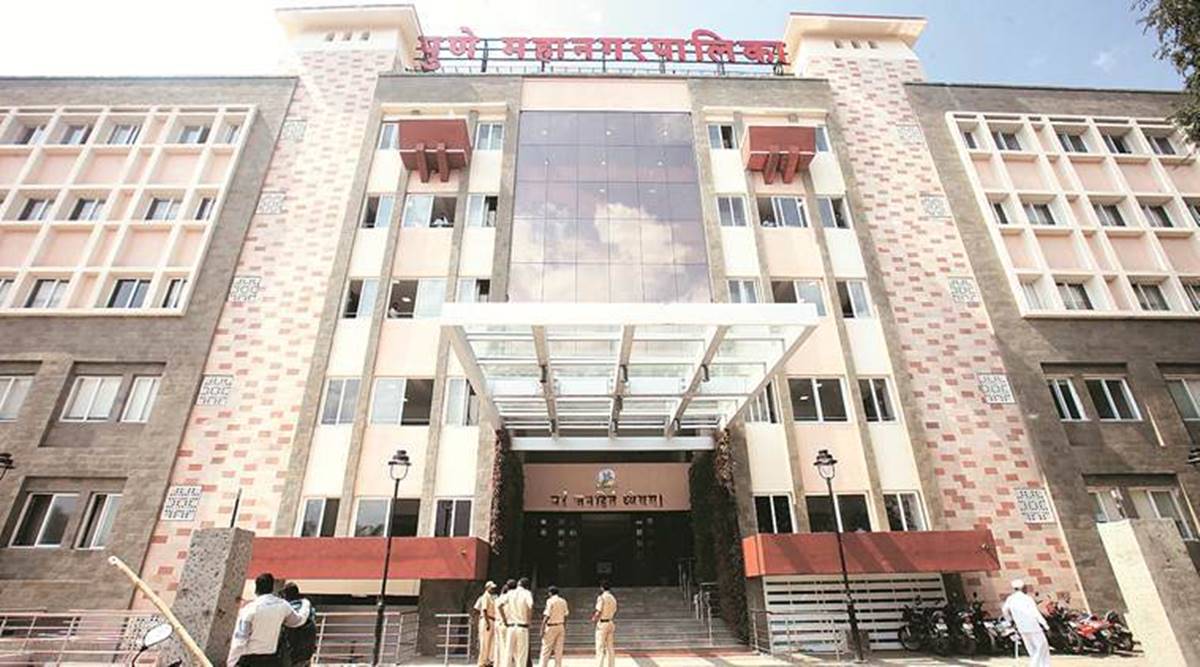The PMC will now have a geographical area of 516.18 sq km, thus replacing the Brihanmumbai Municipal Corporation (BMC), which has 440 sq km area, as the civic body with the largest area.
Pune has officially become the city with the largest geographical area in Maharashtra after the state government on Wednesday issued an order for extending the boundaries of Pune Municipal Corporation (PMC) to include 23 new villages in the existing city limits.
The PMC will now have a geographical area of 516.18 sq km, thus replacing the Brihanmumbai Municipal Corporation (BMC), which has 440 sq km area, as the civic body with the largest area. With the new urban limits, Pune also becomes the seventh largest city in the country.
Incidentally, the PMC has an estimated budget of Rs 8,370 crore for 2021-22, as compared to the Rs 39,038 crore budget of the BMC.
The state Urban Development department had issued the notification on December 23 last year announcing its intention to extend PMC boundaries to include the new areas. “The state government has considered the objections and suggestions received to the notification,” the order stated, adding that the government has decided to alter the limits of the civic body.
– Stay updated with the latest Pune news. Follow Express Pune on Twitter here and on Facebook here. You can also join our Express Pune Telegram channel here.
The 23 adjoining villages merged in PMC limits are Mhalunge, Sus, Bavdhan Budruk, Kirkatwadi, Pisoli, Kondhwe-Dhawade, Kopre, Nanded, Khadakwasla, Manjari Budhruk, Narhe, Holkarwadi, Autade-Handewadi, Wadachiwadi, Shewalewadi, Nandoshi, Sanasnagar, Mangdewadi, Bhilarewadi, Gujar Nimbalkarwadi, Jambhulwadi, Kolewadi and Wagholi.
The state government had first declared its intention to include 34 villages in PMC limits in 2014, but the process was delayed and only 11 villages were merged in the PMC, that too after an intervention by the Bombay High Court in 2017. The High Court had urged the state government for a response over its delay in merging the villages in PMC limits, after the villagers approached the court.
The 11 villages merged in 2017 were Lohegaon, Mundhwa, Hadapsar, Uttamnagar, Shivane, Ambegaon Khurd, Undri, Dhayari, Ambegaon Budruk, Phursungi and Urli Devachi.
In 2014, the PMC had estimated that it would need Rs 5,741 crore to carry out basic development work on water pipeline, sewage network, road construction and solid waste management in these 34 villages. “The estimated cost for developing basic facilities in these areas as per the current market situation would be Rs 9,000 crore. It will be necessary to create a master plan for development of basic facilities,” said a civic official.
The decision to merge the villages is also likely to have political ramifications. The ruling BJP in the PMC was earlier reluctant to merge the 23 villages, saying it should be done in phases to ensure proper development of the area, and not because of the civic polls scheduled for early next year. However, it has now welcomed the merger of villages.
“We were never against expanding the city by merging more areas but wanted it to be done in a phase-wise manner for proper development. The civic administration has estimated that Rs 9,000 crore to Rs 10,000 crore will be needed for the development of basic civic facilities in the new areas. The state government should provide the necessary funds for development of new areas,” said Mayor Murlidhar Mohol.
Source: Read Full Article


